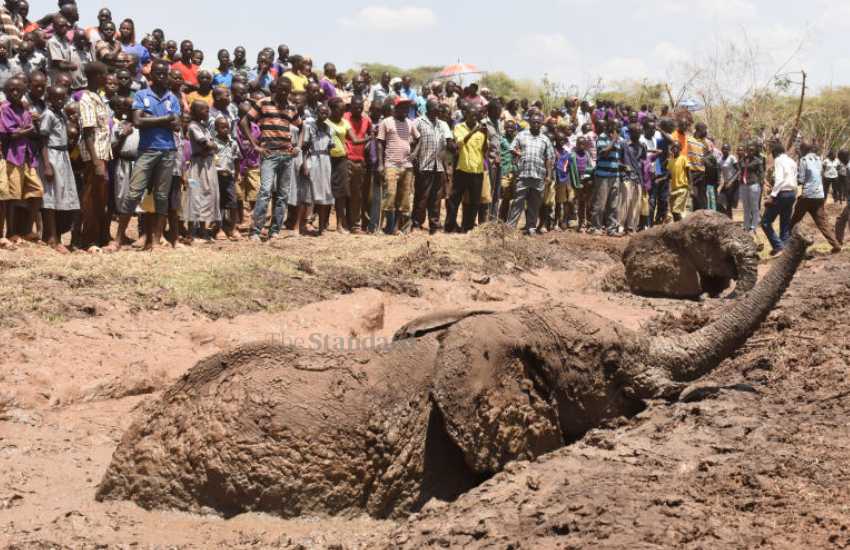×
The Standard e-Paper
Stay Informed, Even Offline

A lake in Kerio Valley that had been a major tourist attraction could soon be extinct.
Lake Kamnarok Game Reserve in Baringo County that was once home to more than 10,000 crocodiles, 400 elephants and 13 species of other mammals has shrunk, and is now a pale shadow of its former self.